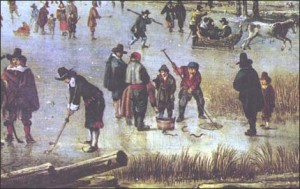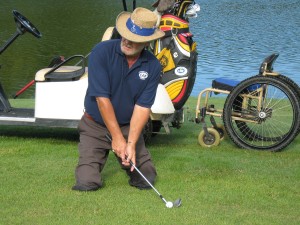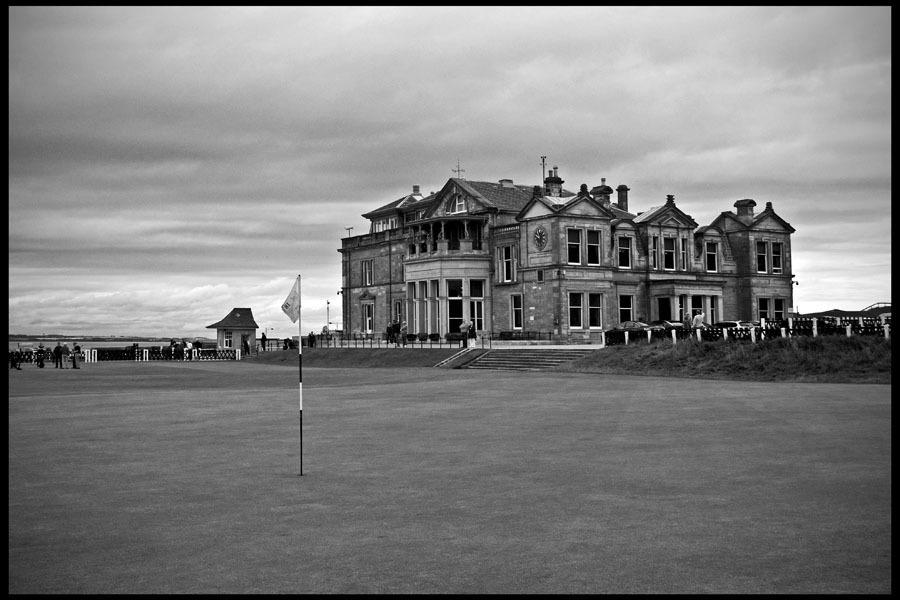
While a lot has been recorded about Scotland and the history of golf, but long before St. Andrews existed a more primitive form of golf emerged in present-day Netherlands and Flanders in the 13th century. Colf, as it was called, was played with wooden clubs and balls.
The game was not played on an actual course, but was played in the streets, churchyards, and open fields. However, this sometimes resulted in the breaking of windows and the hitting of innocent bystanders. When this became a major issue, the game was banned from the towns and relegated to open fields.
The rules of the game are largely unknown, but a lot can be garnered from dutch paintings of the time. It was probably a team game with one target. The target could be a tree, a post, or even a hole, and the goal was to reach it in the fewest number of strokes.
In the 16th and 17th century, the Little Ice Age forced colvers to play on small frozen bodies of water. The colf ice fields were very crowded, so the nature of the game evolved from a distance oriented game to a more target oriented one. The conditions of colf during this time required specialized equipment, like Scottish cleeks and leather balls.

The popularity of colf dropped off by the end of the 17th century, and it was replaced by a French game called, jeu de mail (a bit like indoor croquet), and the indoor game of kolf. Kolf was a hybrid of jeu de mail and colf, and it is still played in one region of the Netherlands today.



